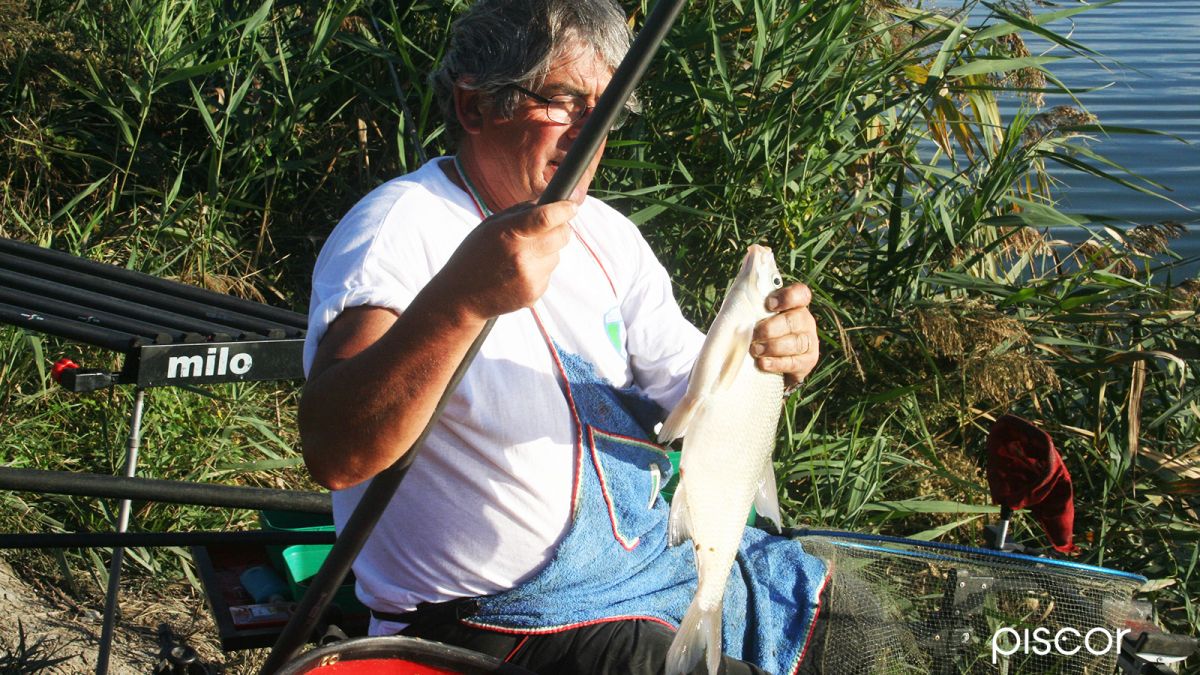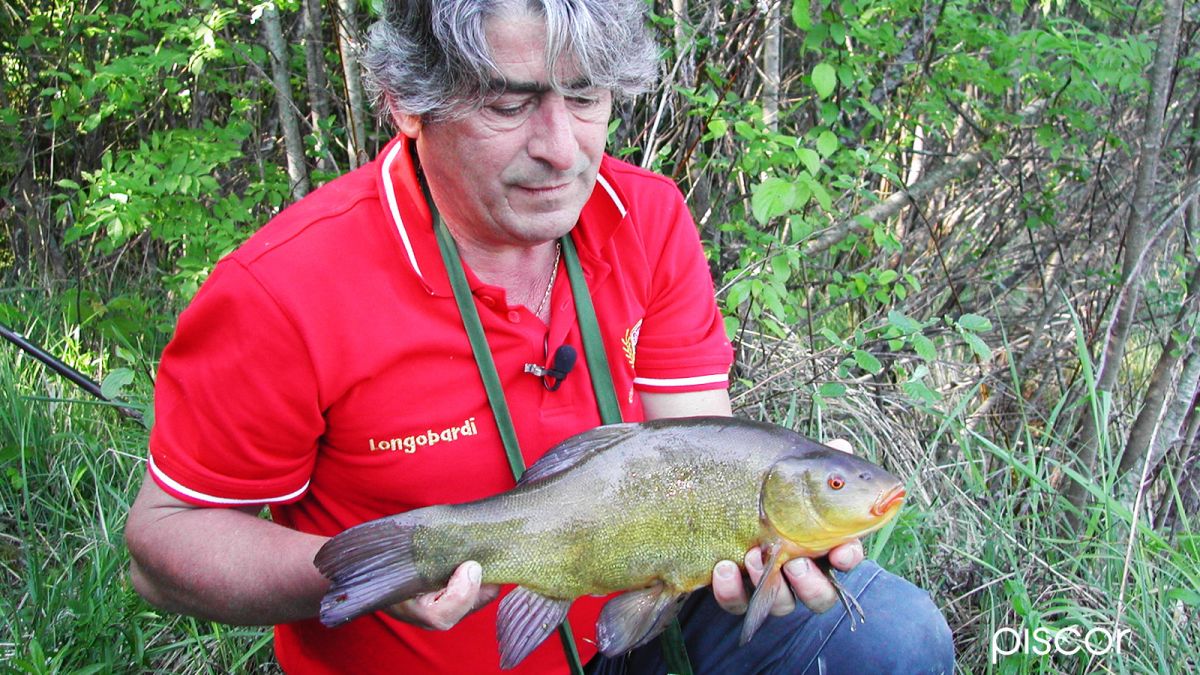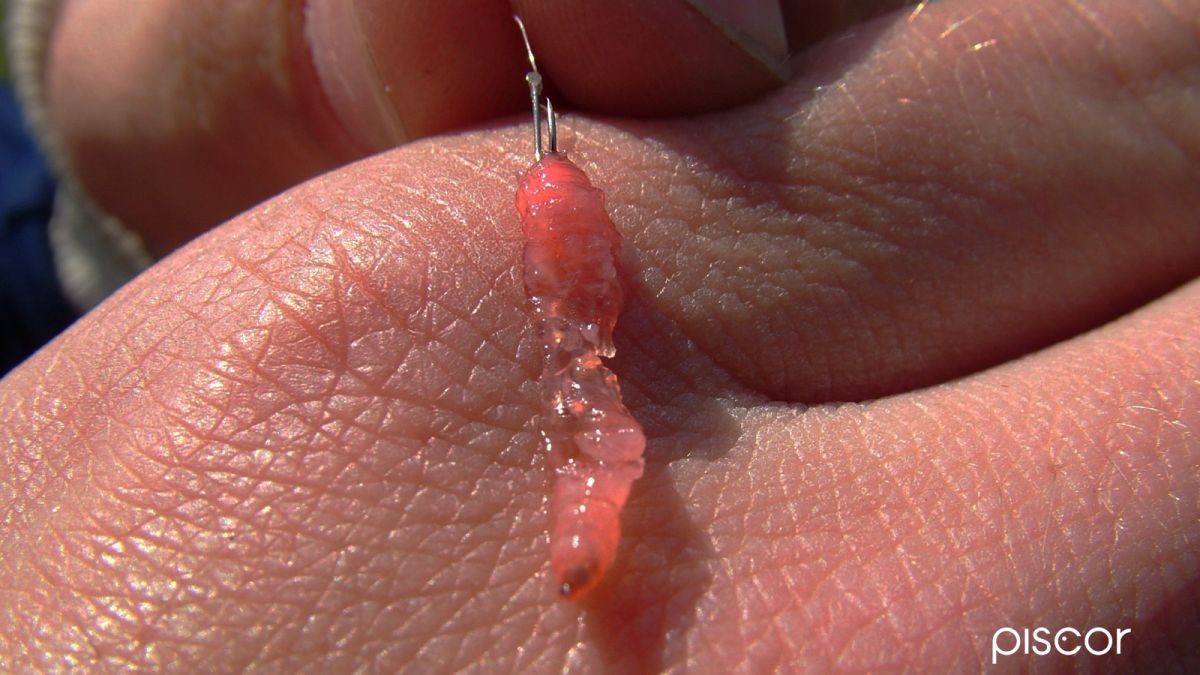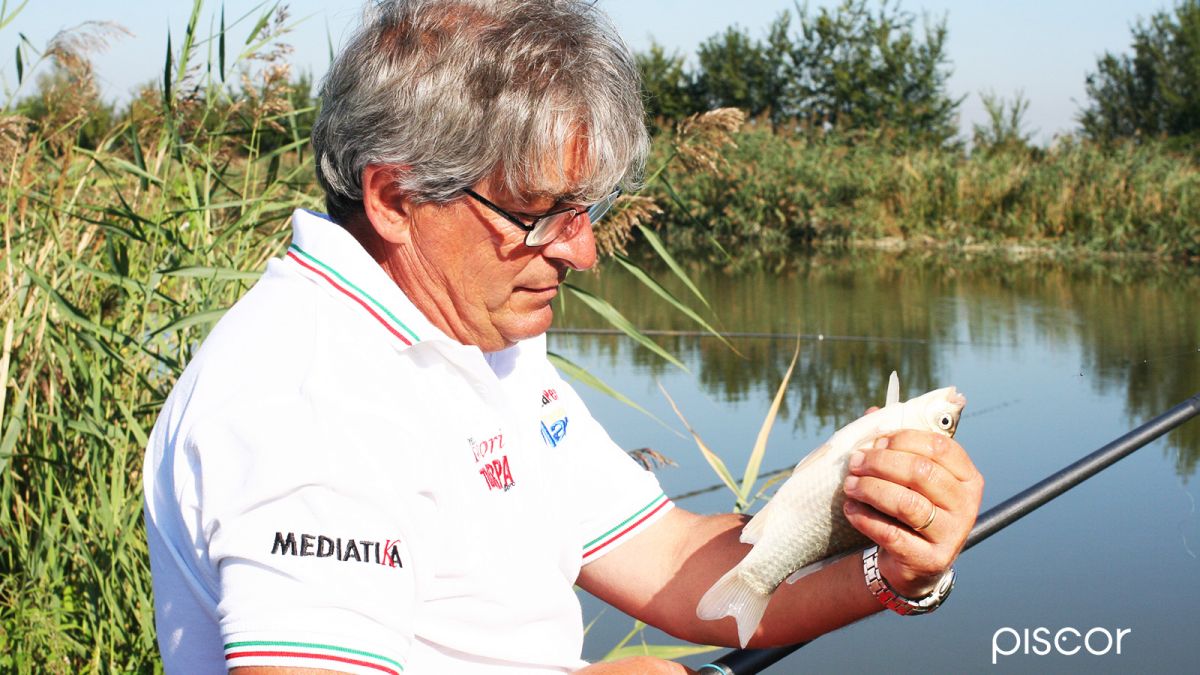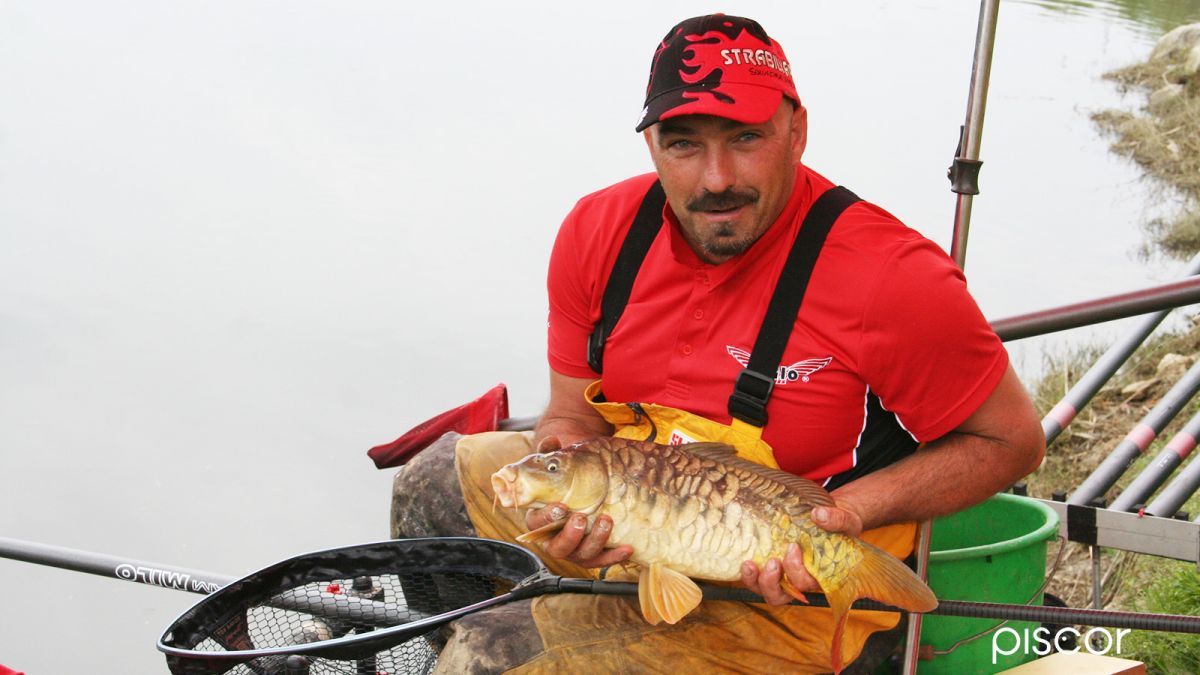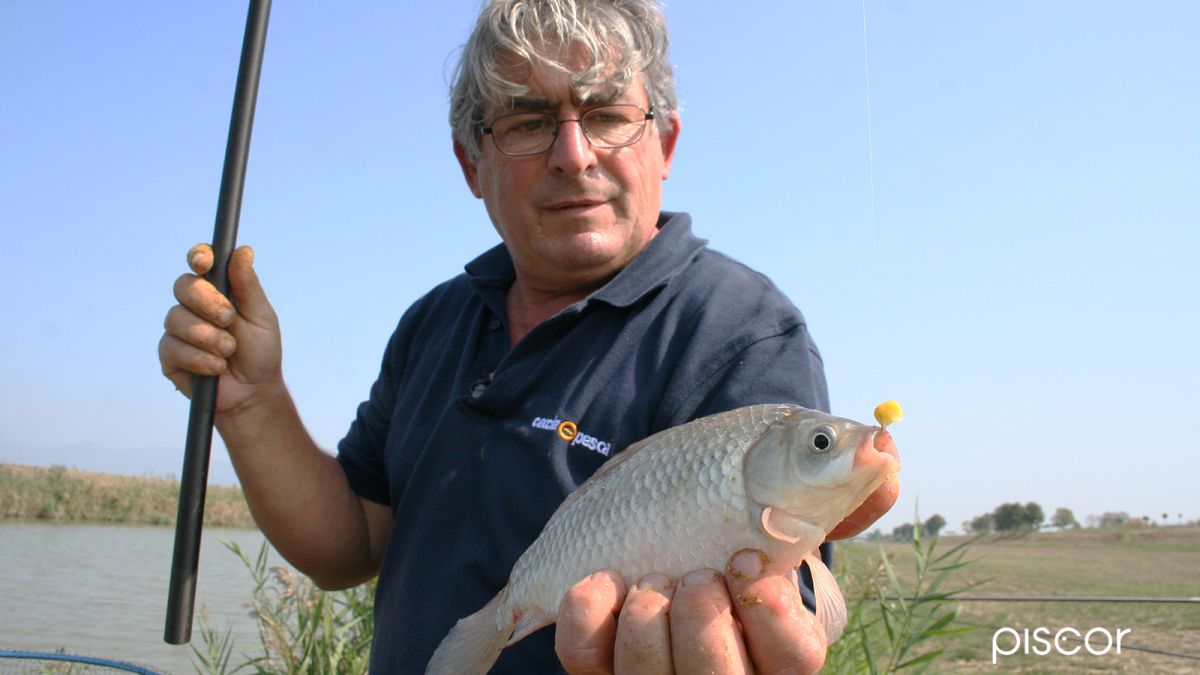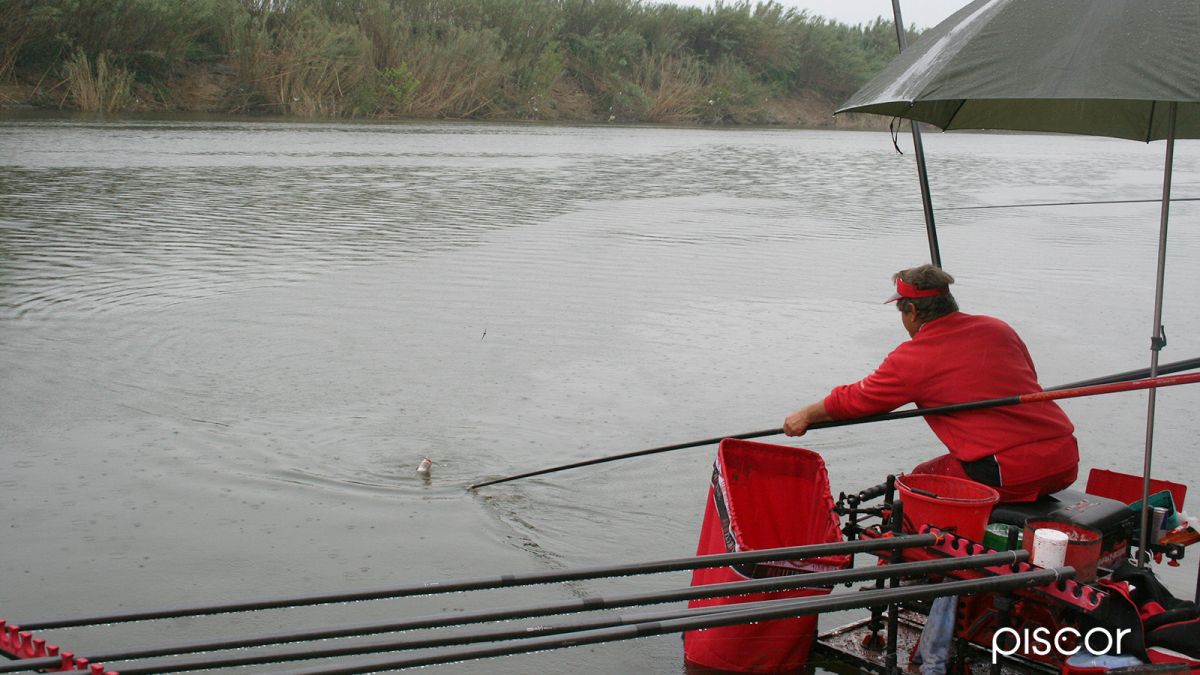There is no doubt that the title of the article is very pretentious. The attempt to give a reason to the failed bites, to the slow bites, too fast, strange, is, exactly, an attempt, because I challenge anyone to give a logical explanation always.
This is because fishing always has its reasons and often wanting to give logical explanations at all costs is at least risky.
First of all, I would define the float as our underwater eye, is the means by which you should be able to understand what happens near our bait and that colored antenna must be interpreted every time: the speed with which it sinks, the vibrations that highlights, the tendency to rise, are all movements that, if properly interpreted, suggest us what to do to improve our performance, or if we are making some mistakes.
How many times, after having failed many bites, we say with conviction: "Today they eat badly!" Well, sometimes that can be the reason, but I am convinced that if we change something in the line or reflect a few more seconds we would find the reason for this "bad eating" of fish and we would end up discovering that to a large extent does not depend on the fish, but on the fisherman.
A poorly related hook with the bait it carries, an incorrect measurement of depth and other factors, negatively affect the type of eating of the fish, therefore, what we highlight the antenna of the float should be properly interpreted to bring to our fishing action the right corrections.
What follows will be based exclusively on the fishing practice acquired over many years: let us leave it to other overly technical explanations that are often poorly verifiable.
The theory is good, but practice needs more. The attempt is twofold: to increase your success rate in the railways by failing the minimum trade union and to make you acquire the data necessary to understand what to do following the "communications" given by your float without wasting too much time.
Everything is fine... or not?
There are days when everything works for the best: the float goes down repeatedly, we iron and the fish remains flooded. The failed eats are in acceptable percentage and the antenna does its duty without transmitting anything strange.
This situation can last all the time of fishing, but, most of the time, there are disturbing factors so that the sweet sunken antenna that has produced so many fish stops and the float no longer behaves as clearly and linearly as before.
Here's the first thought that comes to the mind of the fisherman: "They've become bad!", the fish, of course. It is an old vice of human nature to blame what happens to others. Never the first thought is, "What am I doing wrong?"
So, let's see a few cases, the most common ones, that can happen to us.
Bumps on the spot
At first, we did not want to talk about this situation so much is easy to interpret, however, for the sake of completeness of treatment, it is good to deal with it.
It's the classic "jolting" on the spot of the float in evident lead. It's caused by the small fish that stand in the upper layers of the water and that catch the bait on the fly.
Fishing with maggots or ver de vase, with a layer of bleak afloat it becomes virtually impossible to get the hook on the bottom.
Using very heavy lines, often, does not solve the problem and the float continues to jerk to the surface making us irritate and, if you can get to the ground, the too much lead does not encourage to eat the hypothetical prey on the bottom.
Therefore, the only solution is to use unpleasant baits for the fish, replacing, for example, the maggot with corn or worms and the horsefly.
A bait that sometimes solves this situation, but which often does not even pass through the antechamber of the brain, is the honeycomb: it is worth trying it where the "infestation" of fish disturbs more than measure.
Half an antenna and...bye!
How many times have you prepared to retrieve after seeing the antenna of the float start to go down and then you stayed with a palm of your nose after seeing the movement stop and the antenna return to the initial position? The first question to answer to such a behavior of the float is whether to retrieve at the slightest movement or whether to wait with a little patience for the fish to repeat more decisively the bite.
Usually the second solution is the one that gives the most results and is part of the normality of the things that some bites presents itself in this way. Very often, in fact, this way of eating is characteristic of fish that take the bait in the mouth and remain absolutely stationary on the spot.
In this case, the retrieve is almost always positive, if it arrives before the fish spits out what remains of the bait. How many times do we find a smashed maggot or a ver de vase emptied for having hesitated to place the retireve action! Another question is whether this is repeated continuously. In this case, something is wrong.
What can disturb the fish so much that it leaves the bait after tasting it? But perhaps it is better to formulate the question in another way: what technical error are we making? When what we have just described happens, it can be caused by two technical choices that may be wrong at that time.
First of all, it is better to check how much we support the bottom, because it may be that the support is excessive. This is what happens when we are directed at fish that are very lightly and delicately eaten. In practice, the fish approaches the bait, sucks it from the bottom one or more times, but since there is a lot of wire on the ground the eaten will result in a slight descent to half an antenna of the float and nothing more.
Once the hook has been cleaned, the fish will expel it and when we take the line out of the water we will find ourselves, at best, with a nice "shirt" to the hook. Such a thing can happen if you are fishing with an excessively fractioned line, with the first dot excessively far from the hook or with an end too long (which is more or less the same thing).
So, when you go too "half antenna", you should check the bottom with a thorough survey, or lower the leads and contract the long climbs.
The "shot"
Without a shadow of a doubt, the very fast sinking, so fast that we can't give a valid answer, is the most annoying and irritating thing that can happen to us, so much so that sometimes we feel powerless in the face of this event.
Let's try to understand some of the causes of this nerve-wracking signaling of the float. One of these may be due to the fact that we are fishing off the bottom.
And when I talk about being lifted from the bottom I don't mean when we fish in midwater, but to be lifted a few inches with the fish on the bottom. In practice, we present to our hypothetical prey a bait that travels, in case of running water, or stands still in an unnatural way.
The fish on the bottom always eats "head down" and with the "head up" it behaves in an unnatural way, attacking the bait with a flash from the bottom, but without a real will to eat it, it does so more by instinct or because, maybe, it has seen in the vicinity some competitors.
The way to understand if we are (unintentionally) fishing a little off the bottom gives us the bait, because, after seeing the bite, in almost all cases, will be absolutely intact.
Look, it's not that hard to find yourself fishing with a few inches less water. It is enough that in the time between the measurement and the actual start of fishing the water level has risen even a little due to the opening of a dam or other causes and we will be out of fishing until we become aware of the problem and we will redo a new survey.
For this reason, at least in competition, even in waters that we know to remain at a constant level, I recommend placing a graduated rod in the water that will give us one of the most important information for those who practice coarse fishing: the change in the level.
Another of the causes of what I have called "shot" may be due to a too grouped downward plumbing. The fish sees and "feels" this type of plumbing and creates a strong suspicion, especially in slow or still waters.
So, if we see a lot of very fast bites, most of which remains unsuccessful, if we are sure not to be lifted from the bottom, the second thing to do is to try to move the bulk or the olivette from the hook progressively, until we have a normalization.
The "plunged"
The spread of freshwateer breams has made us aware of a type of eating that before this event was considered occasional, that is, the one that sees the antenna of the float and sometimes part of the body of the same, rise from the surface of the water.
It used to happen with the canal crucian carp, more rarely with some greedy chub, today it is an almost constant rule and this type of food is almost always the forerunner of a large specimen of the allochthonous perhaps most widespread in our country.
Bites on the lead is due to the lifting of the bottom of the line by a fish, in particular the lead at the bottom, what the French call plomb de touche, precisely because it is responsible for the vision of a meal.
Its size should be linked to the range of the float and if we think that the plumb lines may be numerous, it should be generous in size. The bigger the lead it touches (without exaggerating) the better you will see the lead.
Just to give an idea, with a floater capacity of 1 gram the plomb de touche must be a n.9 or a n.8. Attention, the choice of the first or second measure also depends on the shape of the float body.
If we use a signal with an elongated body or with an elongated drop, the lifting of a small pellet will still be visible, while with a bulging float the lifting from the water, with a small lead, will be imperceptible, therefore a higher measure will be necessary.
Even the distance from the hook has its importance: a plomb de touche too far from the hook will not help us much to see the plumb lines: the fish should rise too much after taking the hook in the mouth to get to raise a ball placed too high.
To improve the vision of the plumbs, therefore, it is necessary to put a lead of touch of adequate size and to mount in line a rather thin float in the part underneath the antenna.
The case of the flat float
The increasingly widespread use of flat or sail shape floats has placed fishermen in the need to learn to see touches very different from those visible with classic floats.
This fishing is done with the line in hold exasperated or, however, with a very slow pass in hold strong. In both cases the line is always taut and when the fish eats the bait is always in direct contact with the float, which in turn is in contact with the top of the rod.
Result: the bites will rarely be beautiful sunken franks, but there must always be the interpretation of the fisherman to understand the right time to iron and this requires much exercise and practice.
One thing is certain, however, and it is that, at least when fishing for breams, most of the time the fish is eaten is a plunge, sometimes obvious, other times barely perceptible with a few millimetres of antenna coming out of the water.
For this reason, it is a priority to calibrate the float by bringing the antenna "to bubble" or, better, just by overloading.
This, if the plomb de touche is of adequate size, will allow a much more frankier exit of the antenna than with a float calibrated normally, but forces an absolutely continuous control by the fisherman, a control very difficult to do if the rod, placed with part of the tip in the water, is stressed by a strong side wind or by a hand not perfectly firm.
If they don't "eat" with their mouths
At times it happens to see some eaten, usually rather clean, followed by a retrieve not in the mouthparts, but in other parts of the body of the fish which, in most of the times, unhooks.
This happens because under the tip of the rod we have a good number of fishes almost always in alimentary frenzy, that is fishes which literally quarrel for the food and attack the bait in a ravenous and disordered way, or touch the wire swimming quickly for grabbing as much food as possible.
The reason why this happens is almost always due to a wrong baiting, usually excessive, which must be remedied. In the majority of cases, it is an excessive use of fouillis, what must be corrected sometimes, however, even if you have little fish in the pasture, it happens to flood many out of the mouth.
Also in this case the "bites" are clean and rather fast, but the reason why we retrieve for the fins or for other parts is due to an excessive support of the terminal.
In these cases it is advisable to progressively remove a few centimetres of bottom at a time until the problem is overcome.

